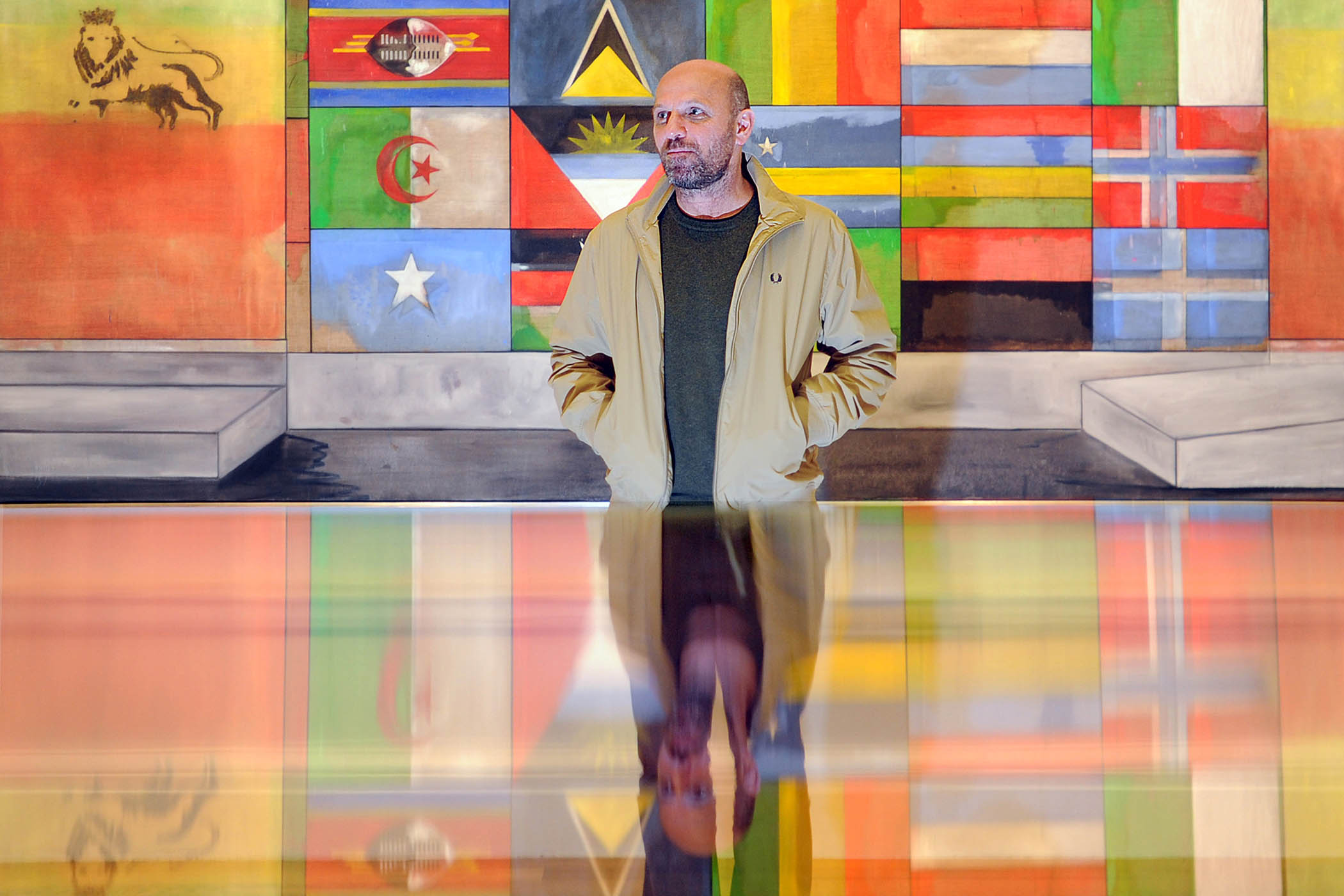One section of Peter Doig’s expansive east London studio contains all the usual clutter of painterly creativity. Three large-scale works in progress are propped against walls alongside rough preparatory sketches. The floor is a sprawling mess of brushes, containers and paint-smeared rags. At the other end of the rectangular, high-ceilinged room, though, all is space and order, the sense of calm broken only by the music emanating from two powerful speakers encased in giant wooden cabinets almost two metres tall.
“Pretty impressive, eh?” says Doig, as the staccato rhythm of a 1960s Jamaican ska instrumental fills the space with its propulsive momentum. “It doesn’t have the bass of a classic reggae sound system,” he elaborates, “but there’s a clarity that makes for a different kind of listening experience.”
This is indeed the case. That pristine clarity becomes even more apparent when Doig disappears into an adjacent space, which houses several shelves of rare vinyl, and places an even older record by the great gospel harmony group the Swan Silvertones on a cumbersome record deck that looks like it dates from the days of the BBC Radiophonic Workshop.
As he adjusts the controls of an analogue valve amplifier, I stand in silence as an already stirring song is suddenly suffused with an almost unearthly aura. “The record producer Joe Boyd thinks this is one of the most perfect records ever made,” says Doig. You can hear why.
Doig was born in Edinburgh and has lived in London, Toronto and Montreal. More recently he spent almost 20 years in Trinidad, before returning to London in 2021. His work seems rooted in his restlessness, but also reflects his deep knowledge of art history, referencing the likes of Vermeer and Daumier. He was shortlisted for the Turner prize in 1994, and in the 2000s his work spiralled in value on the art market, at one point making him the most expensive living European painter. He was recently named the painting laureate for Japan’s Praemium Imperiale 2025, which recognises artists who have had major international influence on their field. He remains remarkably unfazed by his success and is easygoing and open in conversation.
Having come to Doig’s studio to talk about his paintings, I find myself spending an hour or so chatting about music, finding common ground in our shared love of reggae from the 1970s, when Jamaican record producers such as Lee “Scratch” Perry, King Tubby and Joe Gibbs were reshaping the contours of the genre.
Classic songs from that halcyon time will undoubtedly feature in Doig’s forthcoming exhibition, House of Music, at the Serpentine South Gallery in London, which features new and recent work. Throughout its four-month run, selections from Doig’s extensive record collection will be played through two analogue cinema sound systems similar to the one in his studio. (For the curious, it’s a Klangfilm Bionor analogue cinema audio system originally designed by Siemens, who made the first prototype in 1928.)
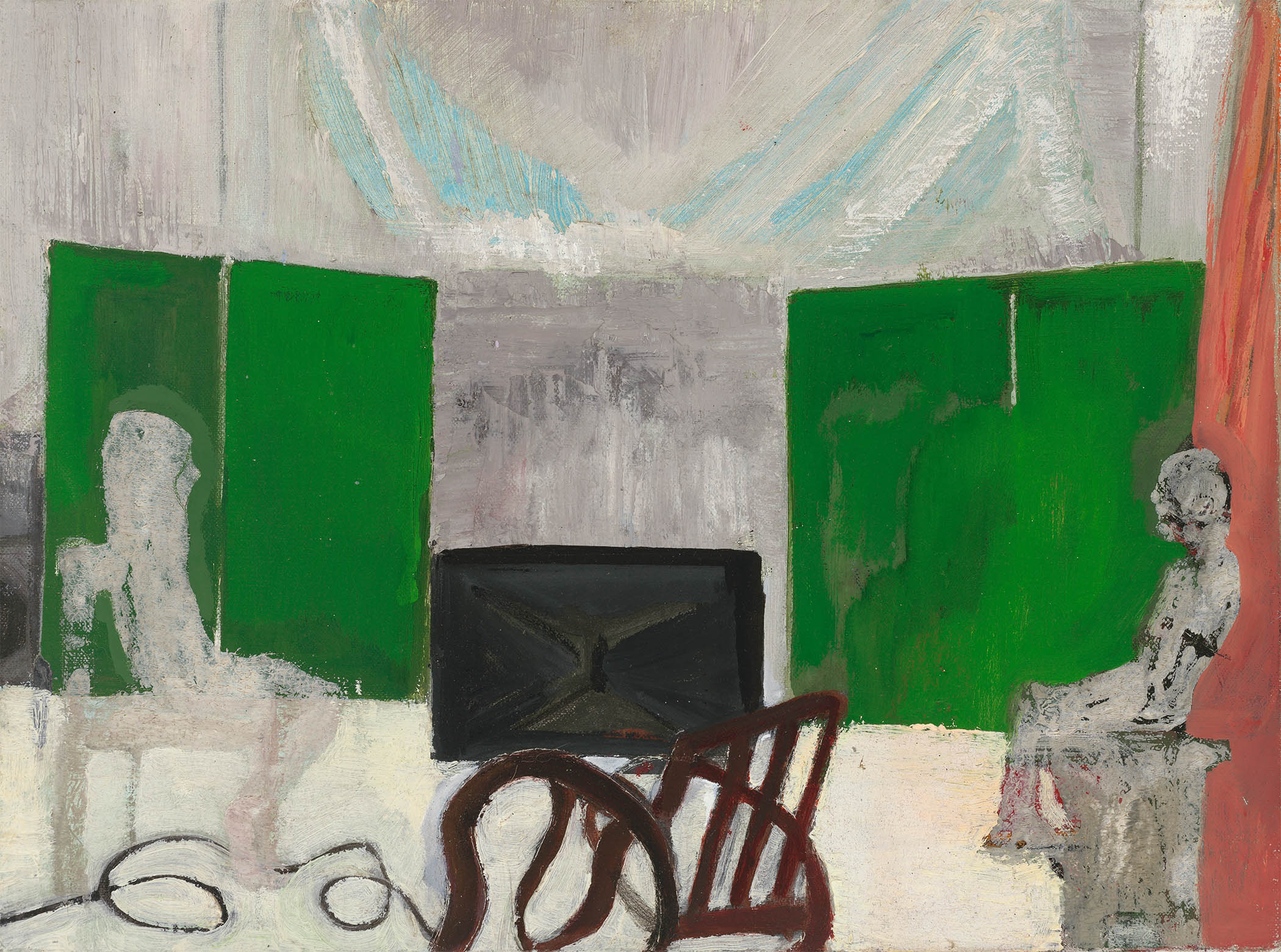
2 Girls by Peter Doig (2017), which features in the House of Music exhibition
For the exhibition, Doig has collaborated with Laurence Passera, who has rescued and restored sound equipment from derelict cinemas across the UK and beyond. In the exhibition catalogue, Passera recalls how the obsession began when he went on an American road trip with the maverick actor Vincent Gallo.
“He was into leather jackets and motorbikes and psychedelic clothing, and he was also into audio equipment. When I was in the US we used to drive into the middle of nowhere in a pickup, buy this stuff from old cinemas for $50 and then he’d swap it with some collector.”
Doig has invited various acquaintances – artists, curators, writers and musicians – to host a regular Sunday Sound Service as part of the Serpentine show, in which they will play music of their choice for a few hours on an original Western Electric/Bell Labs sound system, which dates from the late 1920s, when the advent of “talkies” in America required new audio technology. There will also be a series of programmed evening events in which special guests, including Brian Eno, Dennis Bovell, Linton Kwesi Johnson and Lizzi Bougatsos, will host listening sessions, playing selected tracks, creating audio soundscapes and discussing their selections.
“It’s important to point out that we will not be turning the gallery into a club,” says Doig. “It’s more about creating a deep listening environment in which people can wander though the gallery spaces, looking at the work and maybe lingering around to take in the music. In the past, artists have had exhibitions that featured soundtracks, but this is different, not least because it will be more random and constantly changing. I don’t think that’s been done before.”
Is he nervous about how it will pan out? “Well, it’s certainly a challenge, and we’ll have to work it out as we do it. It may also annoy a lot of people who just want to see the art, but there you go. We’ll just have to wait and see.”
On the day I visit Doig’s studio, he looks and sounds exhausted, having worked long hours on the three new paintings that will be the centrepiece of the exhibition. A persistent cough punctuates his conversation, exacerbated, he says, by his sustained exposure to paint fumes. There’s less than a month to the opening and he is, by his own admission, an inveterate deadline surfer in terms of completing paintings. “I’m a bit distracted,” he tells me at one point, “because I’m so deep in it now.”
The past few years have been turbulent for the artist. In January 2023 he won a surreal but soul-sapping court case that had dragged on since 2013. Back then, a Canadian former correctional officer, Robert Fletcher, had tried to sell a painting he had claimed was by Doig. He’d bought it in 1976 for $100 from a prisoner named Peter Doige, who was incarcerated for possession of LSD. When Doig objected to the sale, Fletcher and a Chicago-based art dealer, Peter Bartlow, sued him for denying ownership of the painting.
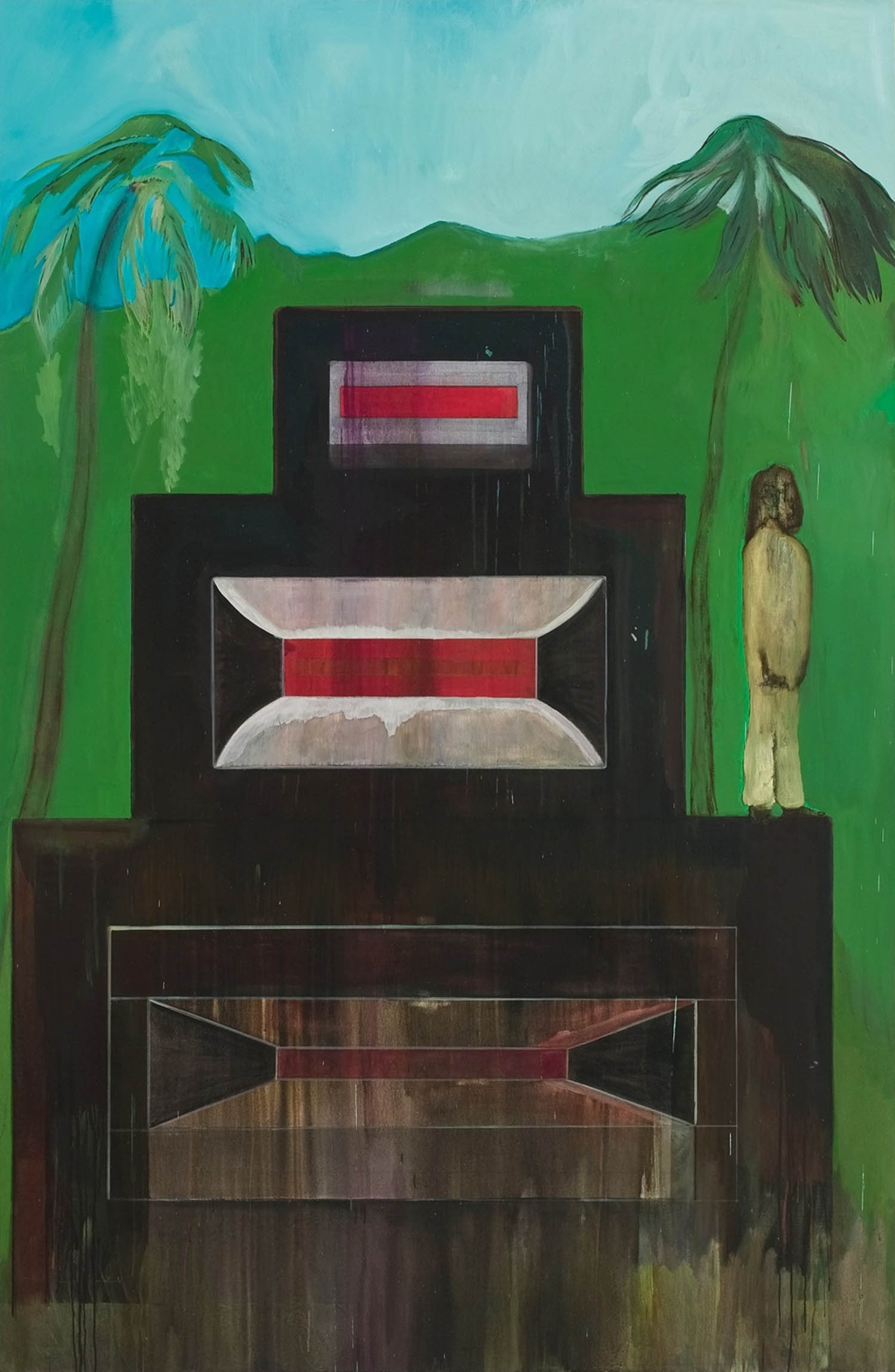
Maracas, 2002-2008
“The whole thing was absurd,” says Doig, shaking his head, “but it took up a huge amount of time and energy, and the legal costs came to more than $4m, which was split with the gallery I was with then. Needless to say, I never served in jail in America for LSD possession, but the burden of proof was on me throughout.”
At the trial in Chicago, Doig produced nine key witnesses, personally covering the cost of their travel, hotel accommodation and food for the duration. He won the case, but to add insult to injury the $2.53m he was awarded is unlikely to materialise. “I’d have to sue, but they have no money.” He shakes his head in bemusement. “The Canadians,” he says, “would have just thrown them out of court.”
Canada is where the teenage Doig first turned his mind to painting as an antidote to the monotony of a stint working on a gas drilling rig. It was also where he discovered punk music, which precipitated his move from Montreal to London in the early 1980s. There, having completed a foundation course at Wimbledon College, he was accepted at St Martin’s School of Art and lived the bohemian life for a time in then grotty King’s Cross. The Pogues were neighbours, and he hung out with the peacocks of the nascent new romantic scene. “It was a wild time,” he says, grinning. “I even ended up as an extra in a Derek Jarman short film.”
His work has always reflected the peripatetic nature of his life and paradoxically exuded a deep sense of place. He made his name in the 1990s with a series of what he now calls his “Canadian paintings” – heightened to the point of hallucinatory renderings of wintry rural landscapes, the outlines of sheds and cabins glimpsed through a blurred patina of snow or twisting trees. One painting was even pointedly titled Blotter, a reference to the blotting paper used to carry LSD. In his series of canoe paintings, spectral figures stare out at the viewer, as if stranded in an imaginative world that’s at once familiar and haunting.
Doig went on to complete an MA at Chelsea School of Art, where he flourished at a time when conceptualism was so de rigueur that putting oil on canvas was considered embarrassingly old-fashioned.
“Back then,” says Doig, “the paintings I made relied a lot on what I would call adjusted memory or even fictional memory, which means I’d find whatever references I could use to make a picture from, which tended to be American cinema or fiction or pop culture.”
In Trinidad, as an outsider, I was nervous of making pictures about other people’s culture
By way of illustration he mentions a painting he made in 2001 called 100 Years Ago, which also highlights the pervasive influence of popular music on his art. It depicts a bearded, straggly-haired figure crouched in a canoe on a swampy expanse of water. The title is taken from a song by the Rolling Stones, while the image is based on a photograph of the southern rock group the Allman Brothers Band.
“It was on the inside of a gatefold sleeve of a Duane Allman anthology that came out shortly after he died, aged 24, in a motorcycle accident,” says Doig. “As a teenager I loved his guitar playing, particularly his session work with soul music singers like Wilson Pickett and Aretha Franklin, but the guy in the canoe is actually based on another member of the band, Berry Oakley. I basically removed all the other musicians that were in the photo and constructed the painting around him. So the Christ-like figure that people often refer to is actually the bass player of the Allman Brothers Band.”
In the 2000s, Doig’s prices soared on the art market: White Canoe, one of his early signature works, fetched £5.73m at auction in 2007 – at the time, the highest price paid at auction for a work by a living European artist. In 2017, Rosedale, a snowswept landscape, sold for £21m, and in 2021 Swamped, another painting from the canoe series, fetched close to £30m.
Last year, a disgruntled Doig told the Guardian that, although his combined secondary market sales up until 2007 had totalled around £380m, he personally had only made £230,000 from the original sales. He responds wearily when I bring this up. “To a degree, the secondary market is totally out of the control of the artist because there is this whole other level of dealing that goes on once you let a painting go. Anything can happen then. That’s just the way it is.”
As House of Music makes clear, Doig’s paintings have assumed an increasingly metaphorical resonance since his long sojourn in Trinidad in the early 00s. Having lived there as a child, he returned in 2002 on an eight-week artists’ residency alongside fellow painters Chris Ofili and Lisa Brice, but ended up staying until 2021.
His time there precipitated a shift in style. “In Trinidad, as an outsider, I was nervous of making pictures about other people’s culture. Even though I’d lived there as a child, I was an outsider and I had to take the time to absorb the culture and life around me.” To this end, he ran a cinema club, where music was a vital ingredient of the post-screening parties that included among its regulars local writers, artists and musicians. Does he miss being there? “Sometimes, yes. I do feel like we kind of abandoned Trinidad, but in a way we had to.”
In 2019, Doig’s first wife, Bonnie Kennedy, died of cancer. The couple had lived together in Port of Spain for 10 years before splitting up, raising their five children there.
“We’d been apart for 10 years but we were close,” he says, quietly. “Three of our kids were living in Trinidad at the time, but the older kids were in London. Parinaz [Mogadassi, his second wife] and I had two kids then, and we were living between New York and Trinidad. Suddenly everything was upended and we had to think about where we all should be. Anyway, this is where we’ve ended up.”
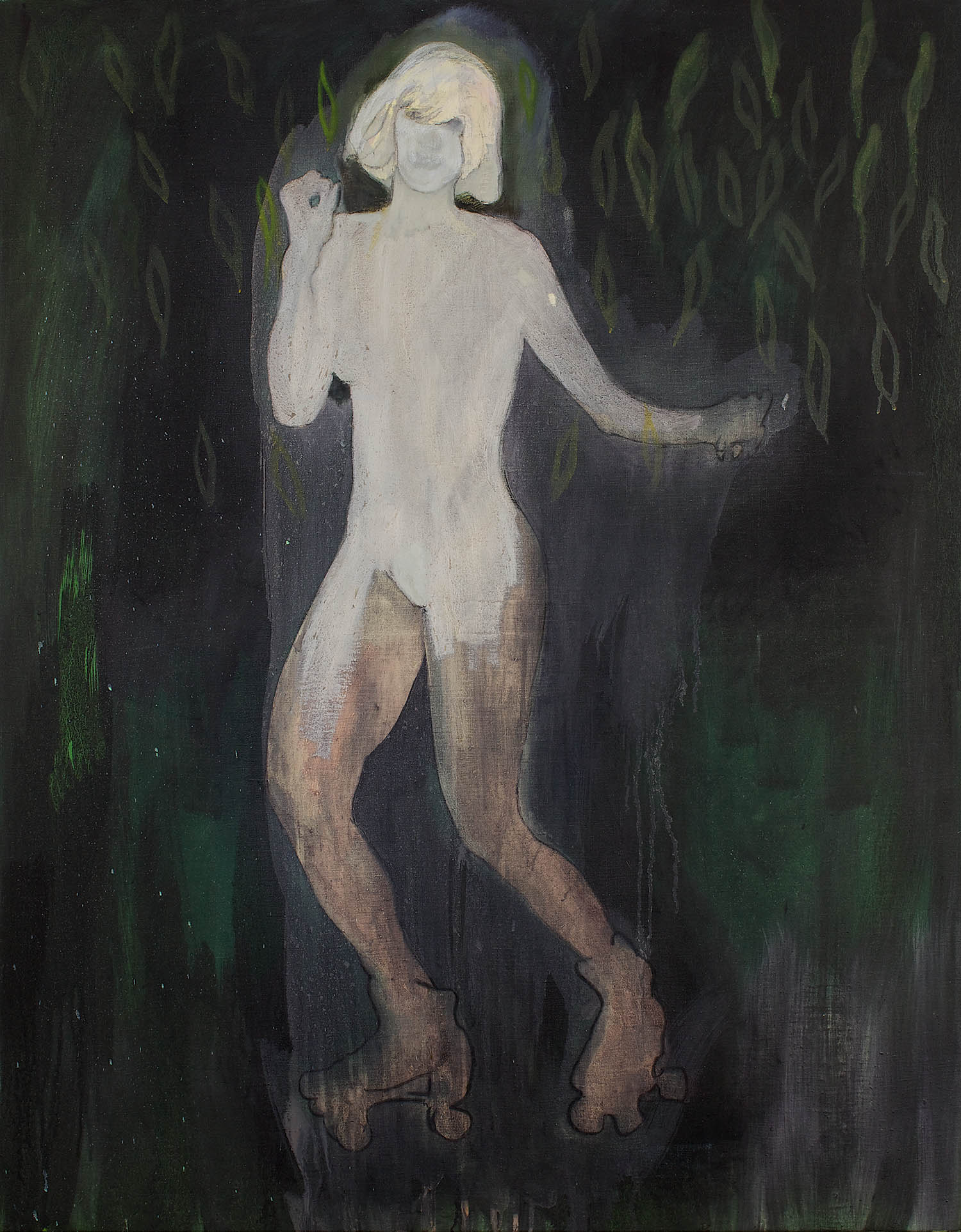
Fall in New York (Central Park), 2002-2012
It doesn’t quite sound like he considers London his home, I venture. “I’ve been in and out of London for so many years and I do like it a lot, but I don’t know if it will ever feel like home.”
It is perhaps unsurprising then that Doig’s recent paintings continue to reflect his deep engagement with the life he left behind. The title of the Serpentine exhibition, House of Music, comes from a line in a song by the Trinidadian soca music star Shadow, whose portrait features in the exhibition.
“All of the paintings in the show relate in some way to music, either directly or tangentially,” says Doig. “Many are related to my time in Trinidad, where music is part of the fabric of everyday life. It’s an island animated by sound. In Port of Spain, coming up to carnival, you can hear the distant sounds of steel pans echoing in the night. It’s a sensory experience.”
One large work is titled Painting for Wall Painters (Prosperity PoS) and depicts the exterior of the Prosperity Recreational Club in Port of Spain, which Doig used to frequent. “Wall paintings are everywhere in the city and they feature a lot in the show,” he says. “In this instance, the guy was painting flags, mainly from African countries, but he seems to have stopped when he got bored.”
Intriguingly, the three large paintings he is currently working on all feature lions at their centre. They are related to an earlier work, Rain in the Port of Spain (White Oak), which depicts a lion prowling around the town’s jail, and is, he says, a metaphor for “freedom and entrapment”.
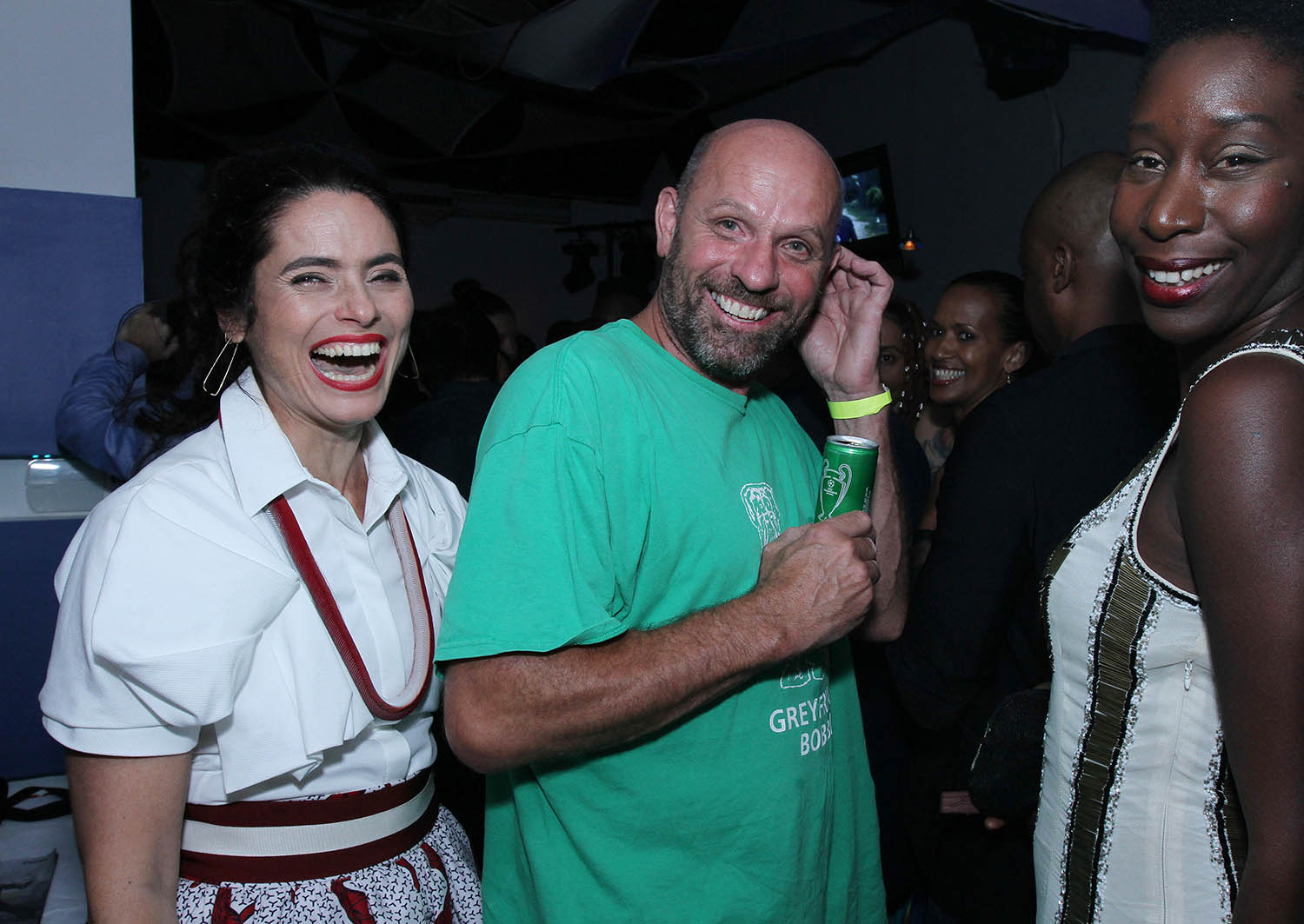
Peter Doig with Charlotte Elias and Attillah Springer at the Trinidad & Tobago film Festival, 2015
Paintings of lions are a constant feature of murals in Trinidad, but, given his fondness for Jamaican music, is he also drawing on the iconography of Rastafarian reggae, wherein the lion is a constant motif, representing freedom and spiritual strength? “Yes, and the lion is a symbol of resistance throughout Africa too. I’m not a political painter, but the work alludes to the idea of resistance in an indirect way. It seems particularly resonant to acknowledge that given what is going on in the world at the moment.”
As if on cue, Parinaz Mogadassi arrives. She has represented Doig since 2023, when he parted company with Michael Werner, who had been his gallerist for more than 20 years. A founder of Tramps gallery in New York and also a former employee of the Werner gallery, she is animated, fiercely opinionated and refreshingly outspoken on various subjects, particularly the cliquiness of the art world and the reticence of artists and curators to speak out on Gaza. They make for quite a pair.
“Parinaz does her own thing,” Doig tells me when we speak again on the phone a few days later. “She is in the art world but not of it. The whole social side, parties and networking, doesn’t interest her.”
Mogadassi’s attitude chimes with his own. “I’ve always been independently minded. I’ve never felt the need to cash in on my success by hiring loads of studio assistants and going into over-production. That kind of model doesn’t interest me. I don’t actually make very much work but I’m in a fortunate position in that I’ve had a successful career and I have people who want to buy my paintings. I’ve also kept a lot of paintings too.”
Does Doig feel less pressure to produce work now? “Well, I’m 66, so there’s only so much time left. To be honest, I never felt any great pressure from the galleries I worked with, but there was always an obligation to sell paintings. My feeling now is that I can sell a painting when I need to and if someone wants to buy one, they can find a way. That,” he says, smiling, “is a pretty good place to be.”
Peter Doig’s House of Music is at the Serpentine South Gallery, London W2 from 10 October to 8 February 2026
Photographs by Jane Barlow/Camerapress/TSPL, Sean Drakes/Alamy
